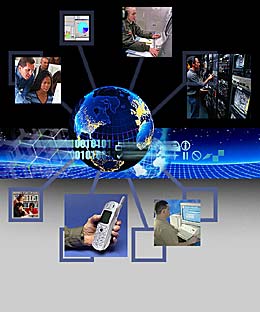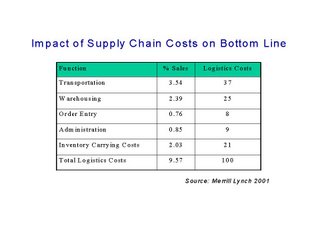The age-old goal of business has always been:
“To provide superior products and services with outstanding customer service whilst achieving profitability”.
While this goal has remained relatively unchanged, what have changed dramatically are the benchmarks by which quality, service, speed, and delivery performance are measured. With the advent of the Internet and advanced supply chain management technology, these benchmarks have now been raised even higher.
Companies are just beginning to realize the potential in adding stronger, yet more flexible links to their supply chains in the form of collaborative capabilities. Firms are re-engineering supply chain processes, trading partnerships, and collaborative relationships, as well as the transactions that support them. The addition of collaborative functions to applications, such as collaborative planning, forecasting, and replenishment (CPFR), new product introduction, and transportation and logistics represents the next stage in supply chain evolution.
 "The issues are twofold,'' said Barry Wilderman, senior vice president in META Group's Application Delivery Strategies service.”To succeed in today's economy, companies must develop an outward-facing collaborative culture and make appropriate technology investments. They must also learn to maximize their relative 'positional power,' because channel masters often get to dictate the terms of transactions.''
"The issues are twofold,'' said Barry Wilderman, senior vice president in META Group's Application Delivery Strategies service.”To succeed in today's economy, companies must develop an outward-facing collaborative culture and make appropriate technology investments. They must also learn to maximize their relative 'positional power,' because channel masters often get to dictate the terms of transactions.''
While supply chain collaboration grows in popularity, most businesses have only a vague understanding of its complexity. Lack of careful planning in collaborative supply chain management can lead to security leaks, risks of exposure to competition, increased complexity in technology integration, and a lack of understanding regarding benefits/ROI in some areas.
Many organizations limit the benefits that can be derived from supply chain collaboration, due to their imprecise understanding and limited application of collaborative activities. As such, these firms have focused collaborative activities primarily on internal supply chain integration. Internal supply chain excellence and an outwardly focused culture are important precursors to true collaboration.















